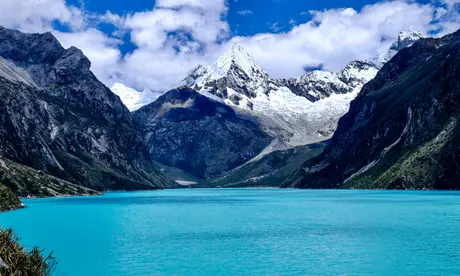Venezuela has witnessed the heartbreaking loss of its last remaining glacier, as it has dramatically receded to the point of being reclassified as an ice field. This marks a significant milestone, as Venezuela becomes the first nation in modern times to lose all its glaciers.
Once boasting six glaciers in the Sierra Nevada de Mérida mountain range, Venezuela saw five disappear by 2011, leaving only the Humboldt glacier, also known as La Corona. Situated near the country’s second-highest peak, Pico Humboldt, the Humboldt glacier was projected to endure for at least another decade. However, due to political unrest hindering scientific monitoring efforts, its rapid melt went unnoticed for several years.
Recent assessments reveal that the glacier has diminished much faster than anticipated, shrinking to less than 2 hectares in area. Consequently, it was downgraded from a glacier to an ice field. Climatologist Maximiliano Herrera notes that while other countries lost their glaciers decades ago, Venezuela’s loss is unprecedented in contemporary times.
Indonesia, Mexico, and Slovenia are poised to follow suit, with recent record-high temperatures hastening glacier retreat in these regions. In Venezuela, the El Niño climate phenomenon has exacerbated the situation, leading to temperatures several degrees above average.
Luis Daniel Llambi, an ecologist at Adaptation at Altitude, observes the irreversible decline of glaciers across the Andes, a trend mirrored in neighboring Colombia, Ecuador, Peru, and Bolivia. Despite efforts by the Venezuelan government to curb melting with thermal blankets, experts assert that such measures are futile.
The disappearance of La Corona is not only a loss of ice but also of invaluable ecosystem services and cultural heritage. Glaciologist Caroline Clason emphasizes the broader implications of glacier loss, underscoring the urgent need for climate action to preserve these vital environments and their societal significance.















































